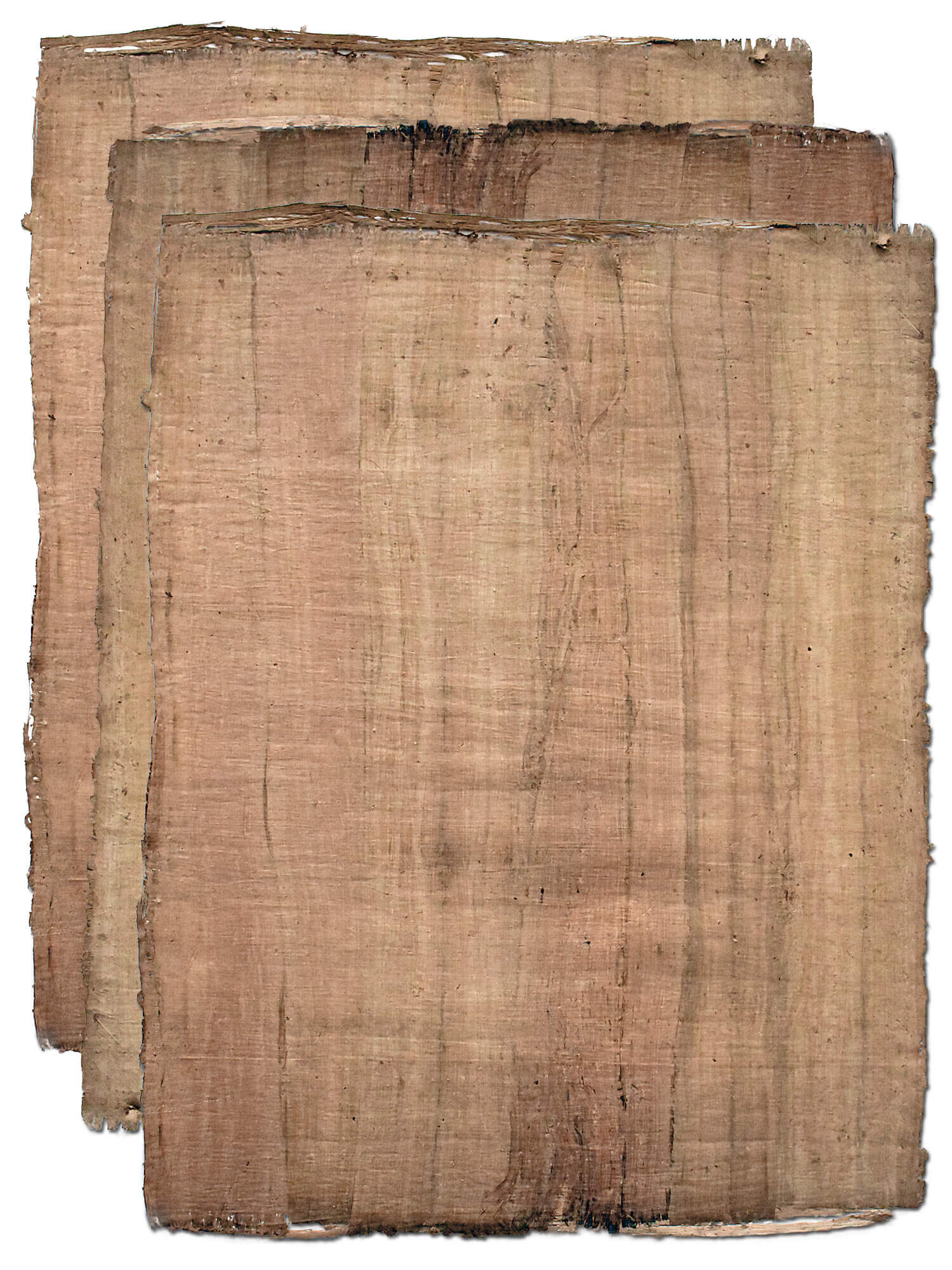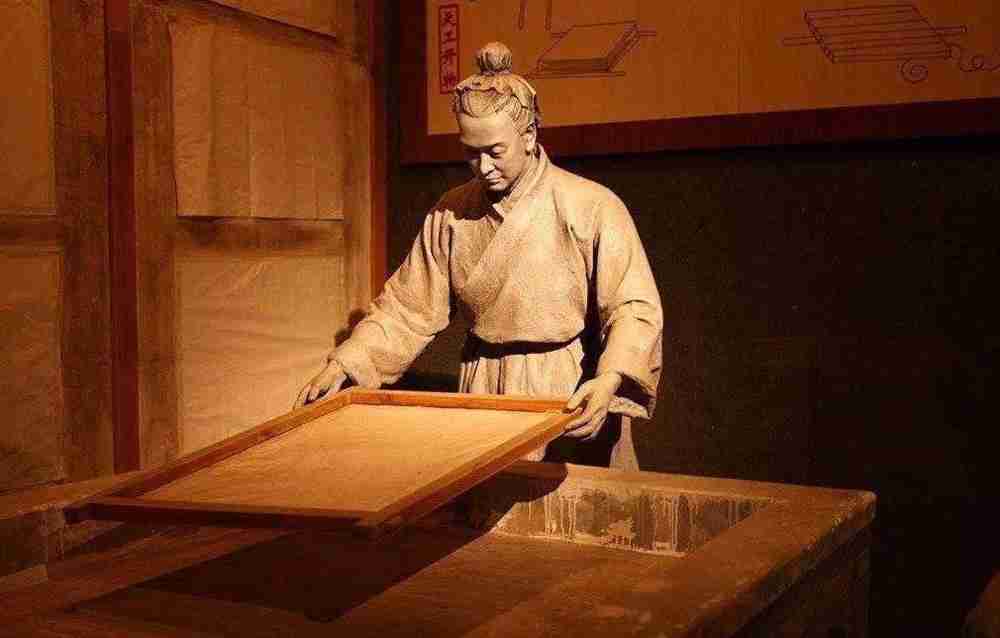History of Paper
Paper is an essential part of technology that has aided in the development of humans as a species. Paper is a thin material usually produced from natural fibers such as wood pulp and is used for writing, drawing, or printing.
It has a history of more than 2,000 years and has been used worldwide. The first appearance of something paper-like was in Egypt in 2000 B.C. They produced an inferior version of paper known as papyrus. The superior and more reliable paper-making method was recorded in China around 105 C.E. Its invention is credited to Cai/Tsai Lun, an Eastern Han Dynasty court official.
Cai Lun devised a method using natural fibers like wooden pulp, hemp, or old cotton rags. A thin layer of fiber was created by heating these fibers and submerging them in warm water, which was then flattened out and left to dry. This method was cheap and very easy to produce compared to
using bamboo, wood, or silk. The initial use of paper wasn't writing, though; the paper produced through this method was used to wrap gifts and other valuable objects. Soon enough, people realized that this new invention could solve some of their problems.
Before the invention of paper, the Chinese used bamboo slips to write. These slips could only contain a certain number of Chinese characters and often took a lot of time to produce. This is due to the nature of cutting the bamboo and then having to hand-sew the columns together. In addition, books or legal documents written by royalty became very heavy and hard to transport. For example, the emperor Chin Shih Huang had to mull over 20 pounds of documents. Silk was also used to write information on, but silk was an expressive material. These circumstances and issues eventually led to a cheap and innovative way to create paper.
Currently, paper continues to be used to relay or record information. That being in the form of newspapers, books, or documents. Online news sources and the general digitalization of everything have decreased paper usage. This may be for the better since we still use an exorbitant amount of paper which has aided in things like deforestation, and landfill issues. Paper will continue to be used in human society, and the history behind its creation and use continues to be relevant all the way into the modern day.


Comments
Post a Comment